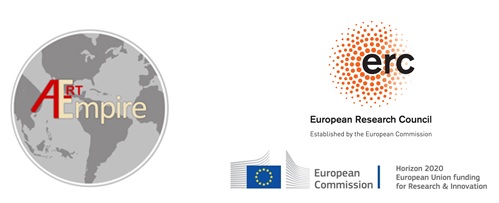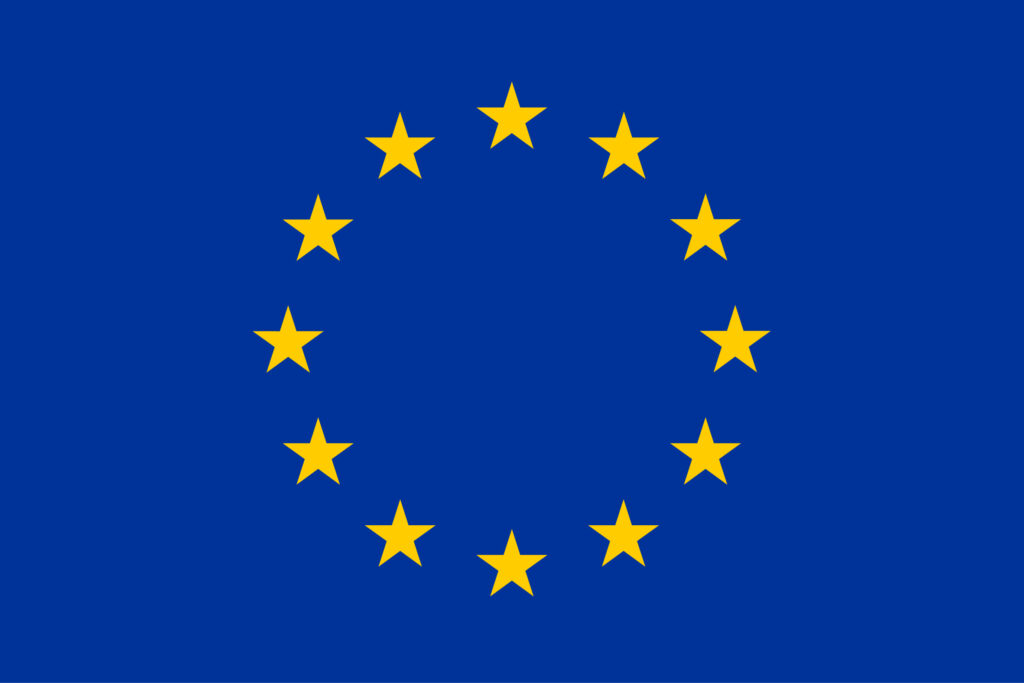The European incursions in the narrow isthmus that divided and connected the Atlantic and Pacific oceans made it a strategic node of the Spanish Empire and a crucial enclave for Early Modern Globalization. In the first line of convergence of the four continents, Old Panama offers an unusual opportunity to examine the diverse impacts, usually asymmetric, of the cultural and commercial contacts. The role of Italian, Portuguese, British, Dutch, and French interests in the region, as well as the influx of African slaves and Asian goods, left a unique material legacy that requires an integrated and interdisciplinary approach to its varied sources. Bones, teeth, and artifacts in this artery of the Empire offer the possibility to explore new knowledge about the cultural and biological impact of Early Globalization. Interdisciplinary approaches are needed to explore the tactics of survival of different groups, including potential dietary changes and search for gains. These strategies could have lead the diverse people that inhabited the union, from indigenous allies to African and Asian bandits to European corsairs, to develop and contributing to local production and commercial nets of the Pacific at the expense of trade activities with the metropolis.
This project applies historical, archeological and archaeometry methodologies to prove encounters between people and goods from Europe, America, Africa, and Asia that took place in the Isthmus of Panama during the sixteenth and the seventeenth centuries. By promoting an interdisciplinary approach of Early Globalization, it challenges the Eurocentric and hispanophobic interpretations of the impact of the Conquest of America, traditionally seen as a demographic catastrophe that reached its lower point in the so-called Crisis of the seventeenth century. Instead of using quantitative methods to the incomplete source material, the investigators will adopt a contextualized, interdisciplinary and qualitative approach for diverse agents involved in the cultural and commercial exchange.
Director: Bethany Aram

